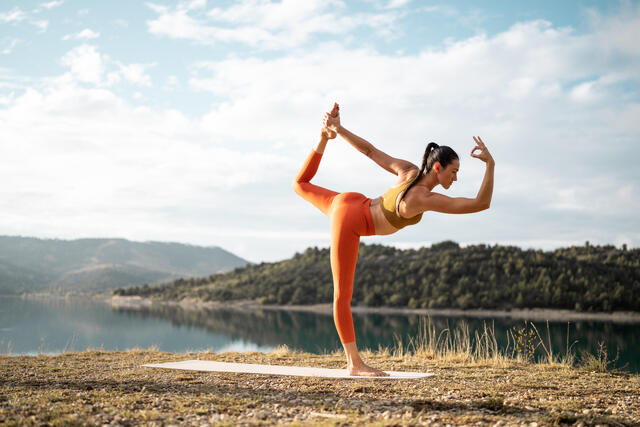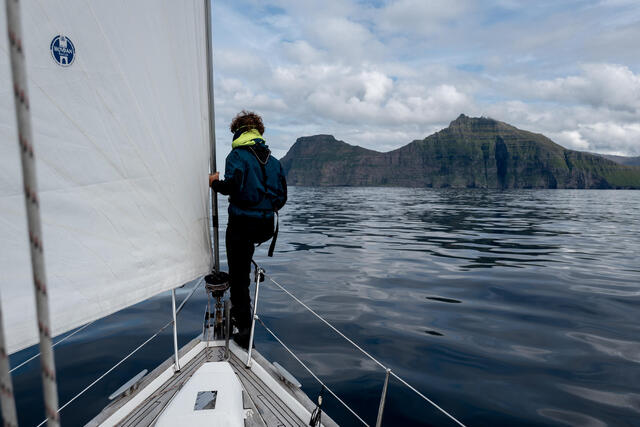Getting the rest right
Your head and face
It’s common knowledge that most of the body heat is lost through your head, so keeping it comfortably warm is vital. Choosing a proper face-covering, namely a balaclava, will cover both your head and face, but with enough room for you to be able to see. If you want a bit more freedom and space between your head and helmet, it may be worth purchasing a snood, which is essentially a balaclava without the head covering. Whatever your choice, make sure it’s made of moisture-wicking material, such as polyester, as to whether it’s from taking a tumble or just general snowfall, you don’t want a wet face turning into a frozen one during your day’s skiing.
Of course, wearing any helmet while out skiing is a must, but that doesn’t need to be at the cost of spending the day with a head cold. Whether you’re purchasing a helmet, make sure the inside is insulated with padding, as well as cushioning throughout. Additionally, it may also feature adjustable vents to allow air to circulate your head and eliminate sweat during those tougher runs. Alternatively, if you’ve got your mind fixed on wearing a very specific type of helmet that is non-insulating, then it might be worth wearing a helmet liner. These are essentially small beanie hats that can wick away sweat whilst keeping your head warm.
Now onto goggles. It may seem as though it’s a choice between wearing the aforementioned or sunglasses, but when it comes to truly protect yourself from the cold, it’s goggles all the way. Not only do they stop a large amount of heat leaving your face, but it also protects it from wind and snow obstructing your vision as you ski.






















